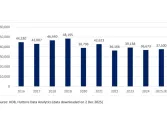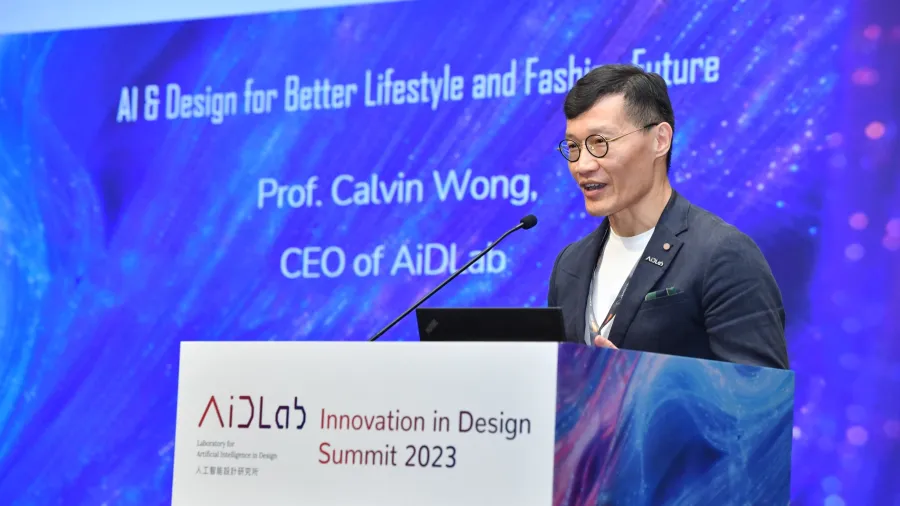
Creating smarter fashion with AI
Fashion experts say designers can find a friend in AI, debunking fears it would replace humans.
Opening the doors of fashion to artificial intelligence (AI) may raise concern that technology has come to replace designers; but some fashion experts in Hong Kong have developed ways to inspire and even fill gaps in design with AI.
“For the past few months, there has been so much talk about AI coming to take over all our jobs and how it is going to rip at the personality of design,” Dr. Jeane Tan, associate professor at Hong Kong Polytechnic University’s (PolyU) School of Fashion and Textiles.
But Tan -- also the centre assistant director at the Laboratory for AI in Design (AiDLab), a research platform established by PolyU and Royal College Art -- assured that designers are here to stay because AI cannot replicate learned skills and intuition in creating good design.
What AI can do, she continued, is work for designers’ favour through various applications, such as fashion assistance.
Sparking designer inspiration
“For upcoming seasons, designers must have new inspirations, new design ideas, and elements, whilst also considering the fashion trends at that time. Can AI do this? I don’t think so,” said Calvin Wong, professor in fashion at the same school and centre director of AiDLab.
Wong made this clear as he spoke at the Innovation in Design Summit 2023: AI & Design for Better Lifestyle and Fashion Future, held during the April Lifestyle Fair, hosted by the Hong Kong Trade Development Council (HKTDC) on 19-22 April 2023.
Moving past fears often linked to AI, Wong said the technology can be used as a tool to spark inspiration amongst designers. He cited how AiDLab developed the AI-based Interactive Design Assistant for Fashion (AIDA), the first designer-led AI system.
AIDA generates unlimited design proposals based on the designers’ creative inspirations, whilst maintaining designers’ signature style.
“The designer controls and manages AI,” said Wong. “It means that the system can facilitate and spark designers’ inspiration and also speed up the whole design process by over 60 to 70%.”
AiDLab has already caught the attention of some local and international designers. Perhaps, the most notable of these is its collaboration with international fashion brand ANTEPRIMA, which used the system in launching its 2023 Spring-Summer collection.
“AiDA can help generate 3,000 outfits within two days... We condensed from 3,000 outfits to 250 and then eight outfits to create a capsule collection in just four days,” Wong said. “I think that it’s quite impossible to do this by using the conventional fashion design process.”
Articulating textile feel
Apart from inspiring designers, AI proved to be useful for designers, who have learned to assess materials through touch, but have struggled to communicate to those who do not share their skills.
“When designers go to expos, or trade fairs, they’re taking photographs. They’re making copious notes about their perceptual experience of the materials that they are sourcing; but when they get back to the lab or the studio, it’s very difficult for them to recall and communicate their perceptual experiences,” said Sharon Baurley, director and professor of design & materials at Royal College of Art’s Materials Science Research Centre.
Together with AiDLab, the Royal College of Art developed the AiLoupe application, which designers can use as reference in assessing textile materials. AiLoupe is a fabric identification tool that uses image recognition to present the designer with data on scanned material.
Just last February, they were able to beef up their dataset through the Fashion x AI exhibition in Hong Kong during which they invited participants to contribute in training the AI, Baurley said.
Nearly 400 classifications were gathered during the exhibition, helping improve AiLoupe’s classification model with real images.
“I think the AiLoupe could provide the designer with a better tailored material library application,” said Baurley, adding that consumers could also potentially benefit from the app as it can provide a deeper understanding of the products.
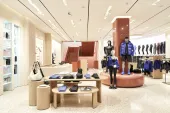



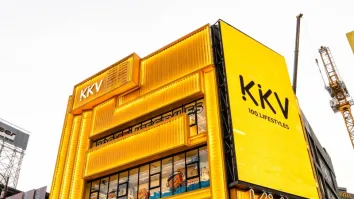

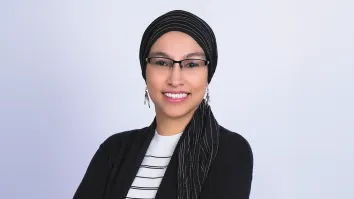





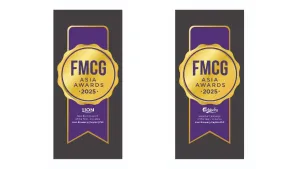






 Advertise
Advertise
